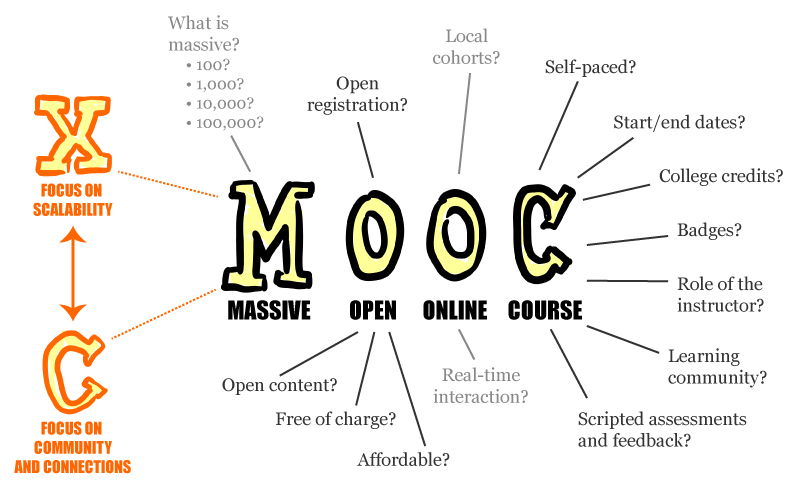e-learning
is very present today. You can virtually learn how to do anything via the web,
YouTube specifically. If you need to learn how to fix something in your house, craft
a design, do your makeup or hair, or even solve a rubix cube, you can do that
on YouTube. People don’t even need to take classes or ask actual friends for
help anymore because of the growth and wealth of information provided on YouTube.
“Let's look at three benefits to using YouTube as an
e-learning distribution tool:
1)
YouTube takes your training to the Web
2)
YouTube takes your training Mobile
3)
YouTube takes your training to the Living Room
YouTube is like a box of chocolates, you never know what you
are going to get... However, with the right set of instructions and proper
organization, YouTube can be a great environment for learning. Content authors
can take advantage of many of YouTube's features to easily upload video
content, organize it, and distribute it.”
I
personally learned how to do makeup in high school from YouTube. Michelle Phan,
pictured above and below is one of the first people I started watching for tutorials.
I am no subscribed to over 20 different people on YouTube. Michelle Phan is a
make-up demonstrator and entrepreneur who became notable as a YouTube celebrity.
There are plenty of people like Michelle Phan who become successful as
e-trainers from YouTube.
“Of course when you post a video to YouTube it is on the
web. But it doesn't have to be found only at YouTube's web site. You can
integrate it into your own web site or into your web based training. You do
this by using YouTube's embed feature and basically cut and paste the video
into your HTML code. For example, if you are using the authoring tool Lectora,
you can grab the embedding code from YouTube and paste it into an external HTML
object.”
This
makes YouTube super accessible for not only the creators (people doing the
e-training) and the viewers (doing the e-learning). People can post videos to
their own personal websites, Facebook accounts, share via email, the possibilities
are endless. Having access to this e-learning tool is even available on the go.
“When you upload content to YouTube it becomes available on
the YouTube network. This means that mobile apps can play it. Smart phones are
more common place than ever and if your learners have access to iPhones,
Android phones, or Blackberries they will be able to play your content on the
go.”
The use
of YouTube just keeps growing; careers are being made, starts are being born, while
people learn simultaneously.
Source: http://blog.integratedlearningservices.com/2009/12/3-benefits-to-using-youtube-in-your-e.html






